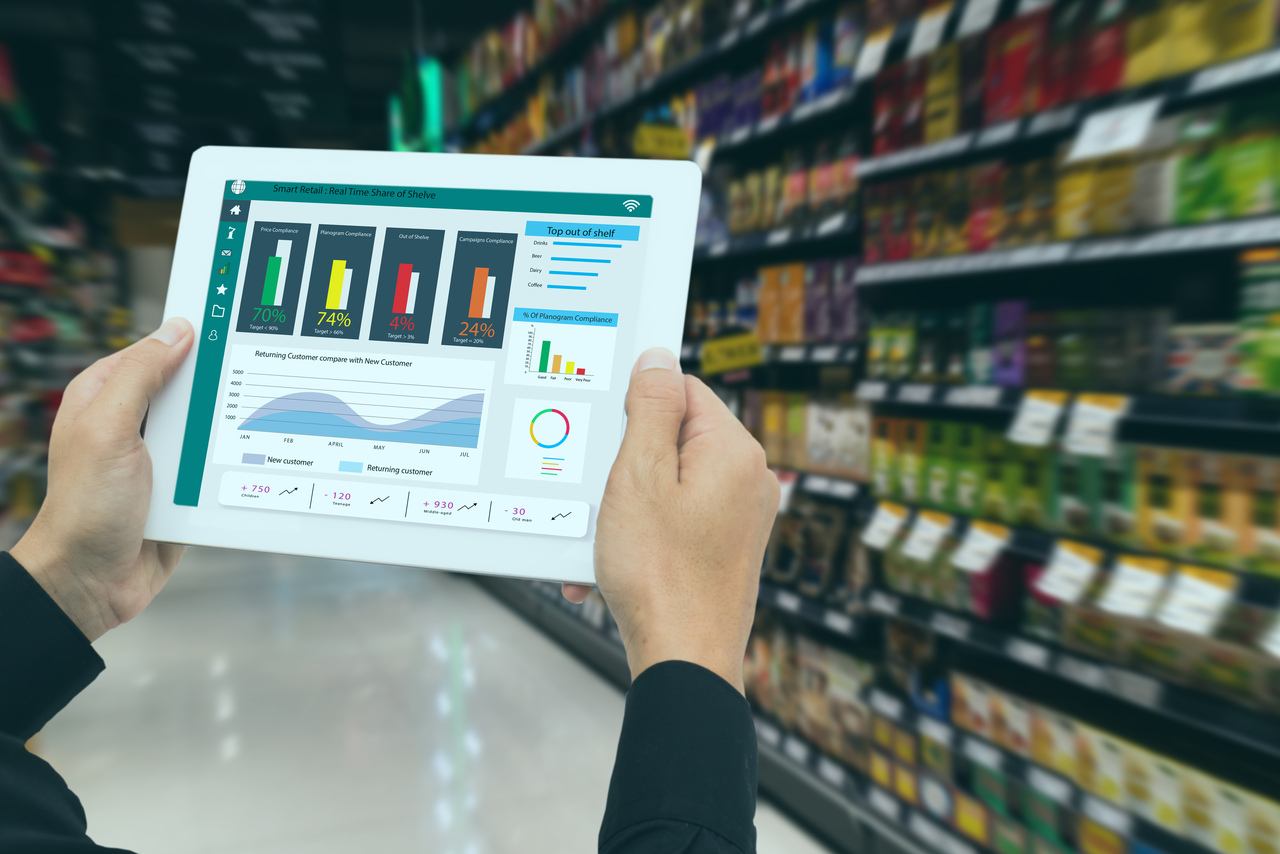 Remember when smartphones first appeared? They weren’t just smaller, they completely changed how we interacted with technology. We’re on the cusp of another such revolution with foldable devices, and for app developers, this isn’t just a trend – it’s a monumental opportunity to redefine user experiences.
Remember when smartphones first appeared? They weren’t just smaller, they completely changed how we interacted with technology. We’re on the cusp of another such revolution with foldable devices, and for app developers, this isn’t just a trend – it’s a monumental opportunity to redefine user experiences.
Gone are the days of a single, rigid screen. Foldables offer a dynamic canvas, transforming from a pocketable smartphone to a sprawling tablet with a flick of the wrist. This isn’t just a gimmick; it’s a fundamental shift that demands a new approach to app design and development, promising unprecedented flexibility and productivity.
More Than Just a Gimmick: The Benefits for Users
For users, foldable devices are unlocking a new dimension of mobile computing:
Enhanced Multitasking:
Imagine an email app on one half of your screen and a document you’re referencing on the other. Or running a video call on the top portion while taking notes on the bottom when the device is half-folded in “Flex Mode.” Foldables are productivity powerhouses.
Immersive Experiences:
Unfold your device, and suddenly that small phone screen becomes a captivating tablet, perfect for media consumption, gaming, or detailed work. Games become more immersive, and videos feel cinematic.
Seamless Continuity:
A well-designed app will seamlessly transition from the smaller outer screen to the larger inner display, picking up exactly where you left off. No more closing and reopening apps just to get a bigger view.
New Interaction Paradigms:
Foldables open up possibilities for unique interactions, like drag-and-drop between two halves of the screen, or using one half as a dedicated keyboard or controller.
The Developer’s Canvas: Opportunities and Challenges
For developers, this new hardware is both an exciting canvas and a complex puzzle.
The Opportunities:
As the app landscape expands to embrace foldable, a new frontier of possibilities opens up for developers:
1. Reimagined User Interfaces:
This is where creativity truly shines. Developers can design adaptive UIs that gracefully adjust to various screen sizes, orientations, and folding states. Think about a messaging app that’s a simple chat window when folded, but unfolds into a multi-column view with contact lists and media galleries.
2. Increased Engagement:
Apps that cleverly leverage the larger screen real estate and multi-window capabilities can offer richer, more engaging experiences that keep users coming back.
3. Tapping into a Growing Market:
As more manufacturers release foldable (and with giants like Apple reportedly entering the fray soon), the user base for these devices will continue to expand, offering a ripe new market for optimized applications.
4. Innovation & Differentiation:
Being an early adopter and excelling in foldable app design can set your application apart in a crowded app store.
The Challenges (and How to Overcome Them):
Venturing into foldable app development brings its own distinct set of hurdles that developers must navigate:
1. Responsive Design Complexity:
Moving beyond traditional responsive design, apps need to handle a multitude of configurations: folded, unfolded, and even partially folded states. This requires flexible layouts (like Android’s ConstraintLayout or Jetpack Compose, and SwiftUI on iOS) that can dynamically resize and reflow UI elements without distortion.
2. Screen Continuity:
Ensuring a smooth transition when the device is folded or unfolded is paramount. Apps need to maintain user state (scroll position, text input, video playback) seamlessly, avoiding restarts or jarring visual glitches.
3. Multi-Window & Multitasking:
Apps must behave well when running alongside other applications, adapting their UI to split-screen and multi-window modes, and efficiently sharing system resources.
4. The Hinge Factor:
The physical crease or hinge area requires careful consideration. Critical interactive elements, text, or images should never be placed where they might be obscured or difficult to tap due to the fold.
5. Performance Optimization:
Larger screens and multi-app scenarios demand more processing power. Apps must be highly optimized for performance, memory consumption, and battery efficiency to avoid lag or crashes.
6. Extensive Testing:
With so many variables, thorough testing across all foldable postures (flat, half-open, fully folded) and transitions is crucial. Emulators are helpful, but real-device testing is often essential.
The Future is Flexible
Foldable devices are not a passing fad; they represent a significant step forward in mobile technology. As hardware evolves (thinner designs, imperceptible creases, more robust displays), the software experience will mature in tandem. For developers, embracing the unique capabilities of these devices is not just about adapting to new screens; it’s about pioneering new ways for users to interact with their digital world.
The time to think “foldable-first” is now. By designing apps that are fluid, intelligent, and truly leverage the transformative power of these devices, developers can build the next generation of mobile experiences that are as dynamic and flexible as the hardware itself.









